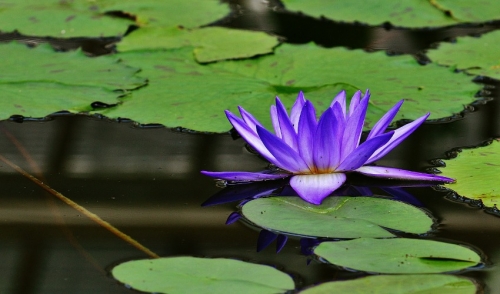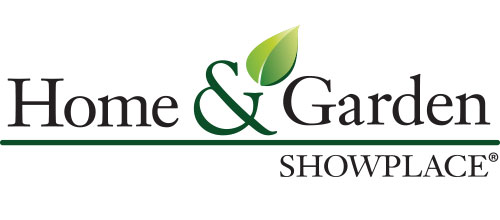
Tips for Adding Plants to Your Pond
Plants should be an integral part of any backyard pond, but how can you add plants to your pond for the best natural balance and easiest care?
Why Plants Are Essential
Plants are critical to a healthy pond ecosystem in many ways, and understanding what plants bring to your pond can help you add just the right vegetation to reap the biggest benefits. In your pond, different plants will…
- Limit Algae Growth
Because pond plants block sunlight from the depths of the water, they help minimize unsightly algae growth that can clog filters and turn water murky. Plants also use plenty of the nutrients in the water, which will also keep algae from thriving.
- Shelter Fish
If fish, frogs and other aquatic wildlife have a home in your pond, the right plants can provide safe shelter to protect them from potential predators. Many fish and other wildlife will also nibble on plants as a natural food source.
- Oxygenate the Water
Plants help raise the oxygen level of your pond's water, making it healthier for fish and reducing the need for artificial bubblers or oxygenators. When fish lack proper oxygen, they are more susceptible to diseases and poor health. Algae also thrives in low-oxygen water.
- Filter the Water
Because plants absorb nutrients from the water, they are part of a natural filtration system that can keep your pond looking pristine. While overcrowded or sickly plants can die off and create murky water and excess debris, properly balanced plants are excellent natural filters.
- Naturalize the Setting
Plants help soften the barriers between your pond and the rest of your yard, creating a more organic, natural look to the landscape rather than stiff, artificial borders. Use plants to mask pond equipment, drains, piping or other artificial structures such as fences or posts.
- Improve Beauty
Plants can be a lovely feature of any pond. Unique foliage shapes and colors, aquatic blooms and interesting growth habits all add visual interest to your pond, creating a stunning waterscape you can enjoy for years.
Choosing the Best Plants for Your Pond
Not all plants will be right for every water feature, and there are certain factors you must consider when choosing which plants to add to your pond. Poorly chosen plants may die quickly or could take over your watery landscape, crowding out other plants and clogging the pond. Some plants may not adapt to your climate, while others may not be the best size or shape for your pond style. When choosing plants, carefully consider…
- Light Levels: How much light do pond plants need for healthy growth? Is your pond shaded by other plants, trees or structures?
- Mature Size: How large will your plants grow compared to the total size of the pond? Will they outgrow a small pond or get lost in a larger pond?
- Hardiness: Will your plants survive cooler waters in the pond during fall and winter? What care will they need if the pond freezes? Can they tolerate sudden temperature changes?
- Variety: Are you choosing plants that will look good together? Do you have plants of different heights, shapes and colors for more interest?
- Fish Food: Are you choosing plants fish will eat quickly, just nibble on or leave alone? Will the interest of aquatic wildlife destroy your carefully chosen plants?
Ideally, you will want to cover approximately 60 percent of the pond's surface with plants. This provides the best balance of water protection and healthy space for the plants.
Plants to Consider
There are three different types of plants to choose from when adding vegetation to your pond.
- Floating Plants: These plants have foliage and blooms above the water's surface, while their roots trail below. They work well in moderate water depths or deeper water. Water hyacinth, water lettuce, frogbit, parrot's feather and sensitive plant are all top floating plants for ponds.
- Bog Plants: These plants thrive in shallower water along the edges of ponds, and their foliage extends above the water's surface. Irises, cattails, pennywort, rushes and water hawthorne are all good options for bog or edging plants.
- Submerged Plants: These plants are almost entirely below the water's surface and are excellent filters in ponds of all sizes. To stay fully submerged, they require deeper water. Hornwort, vallisneria, water moss, curled pondweed and red ludwigia are all popular submerged plants.
Choosing plants from each general type will help you find the best vegetation for your pond and create a thriving aquatic ecosystem. Once you have chosen the specific plants you prefer, follow instructions for adding them to your pond carefully and monitor them closely until they become established. Soon, you will have a healthy, attractive pond filled with stunning plants to enjoy.

